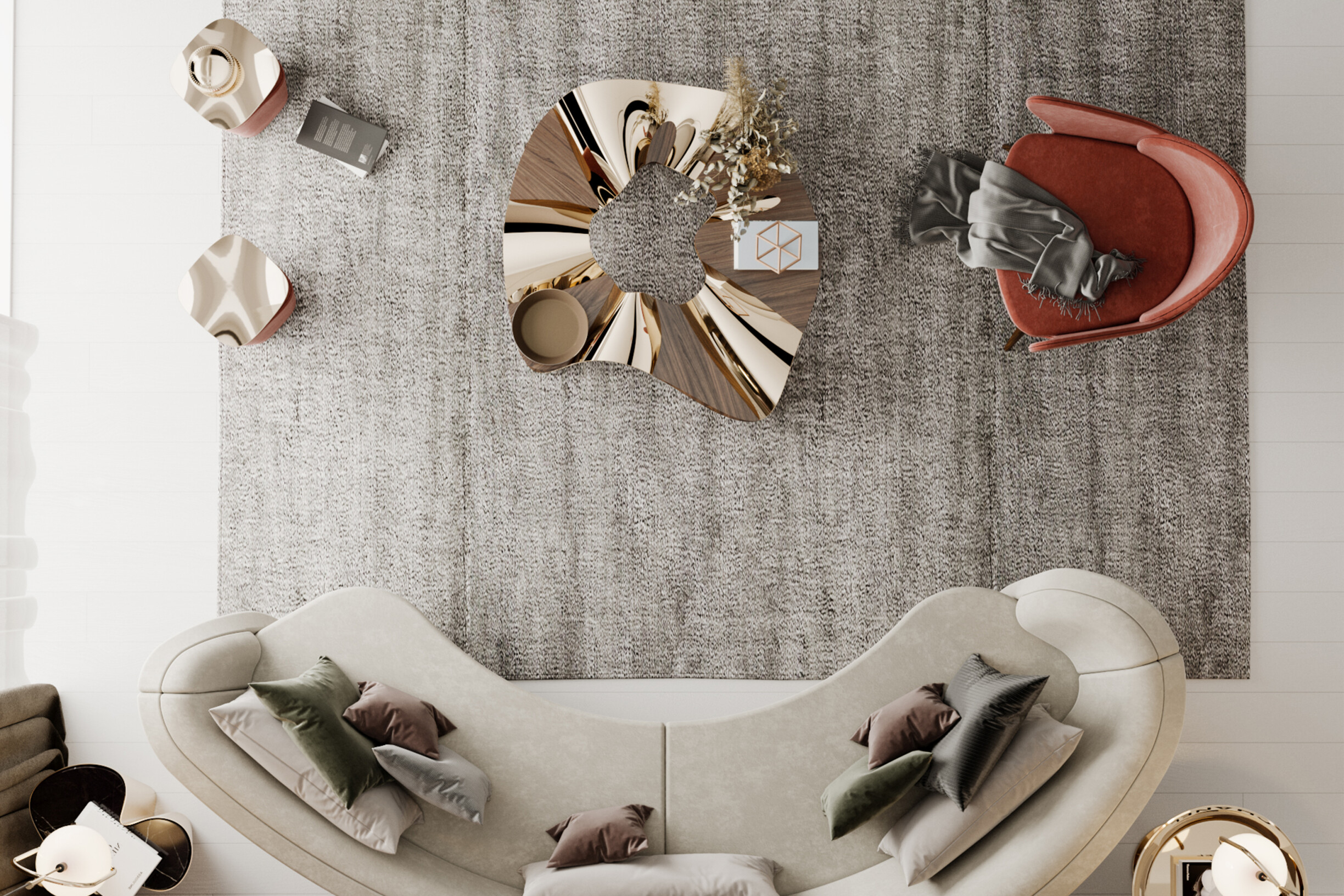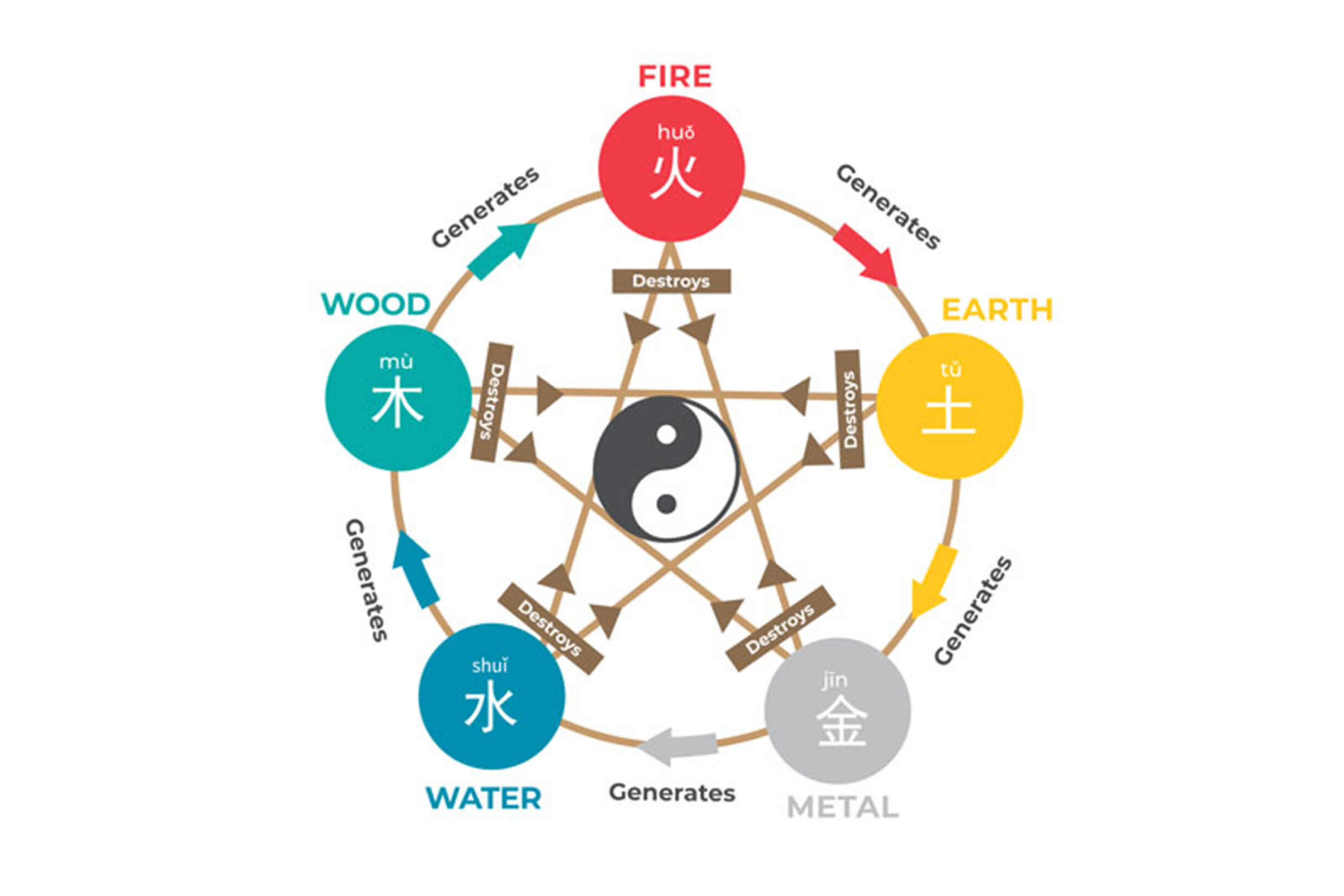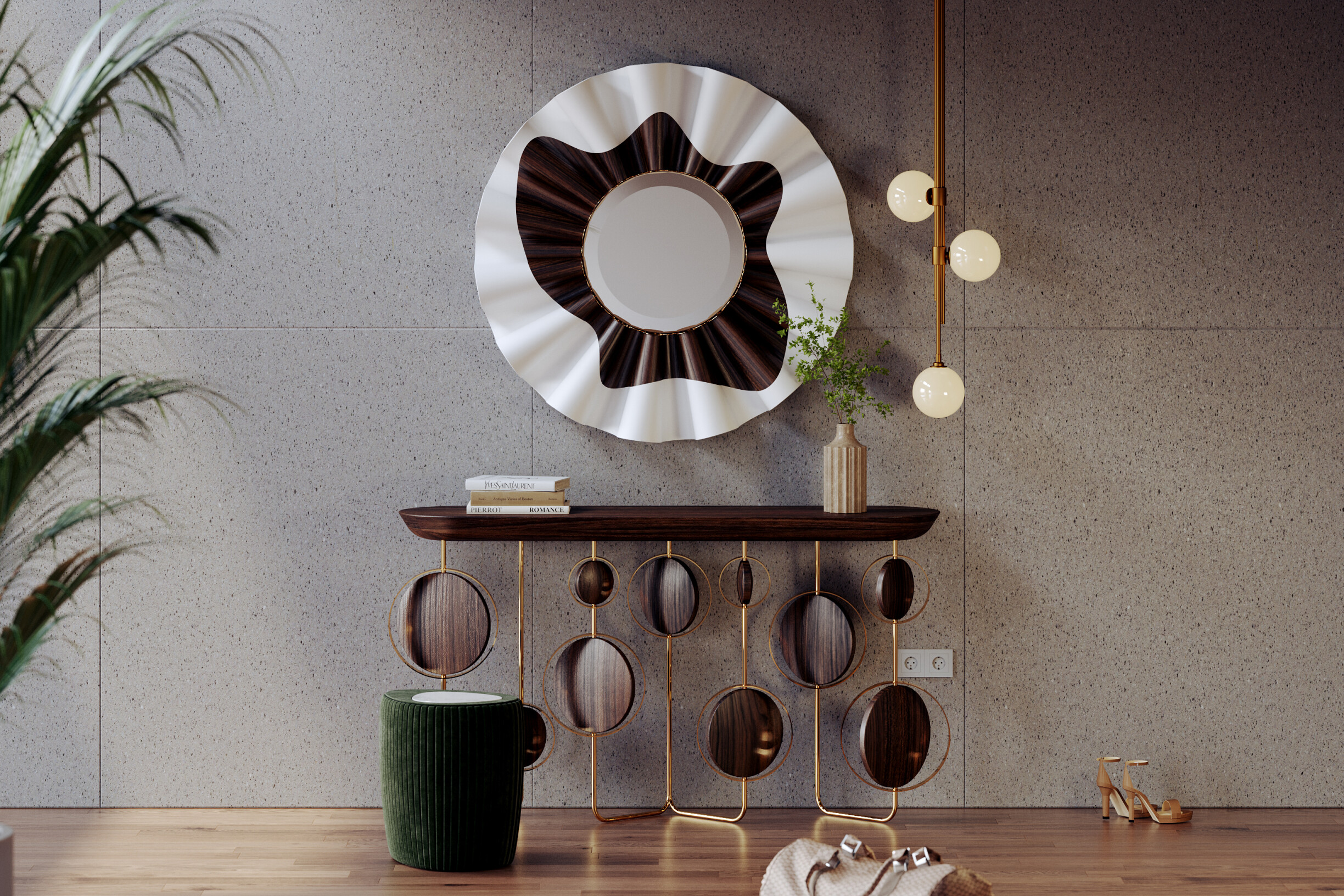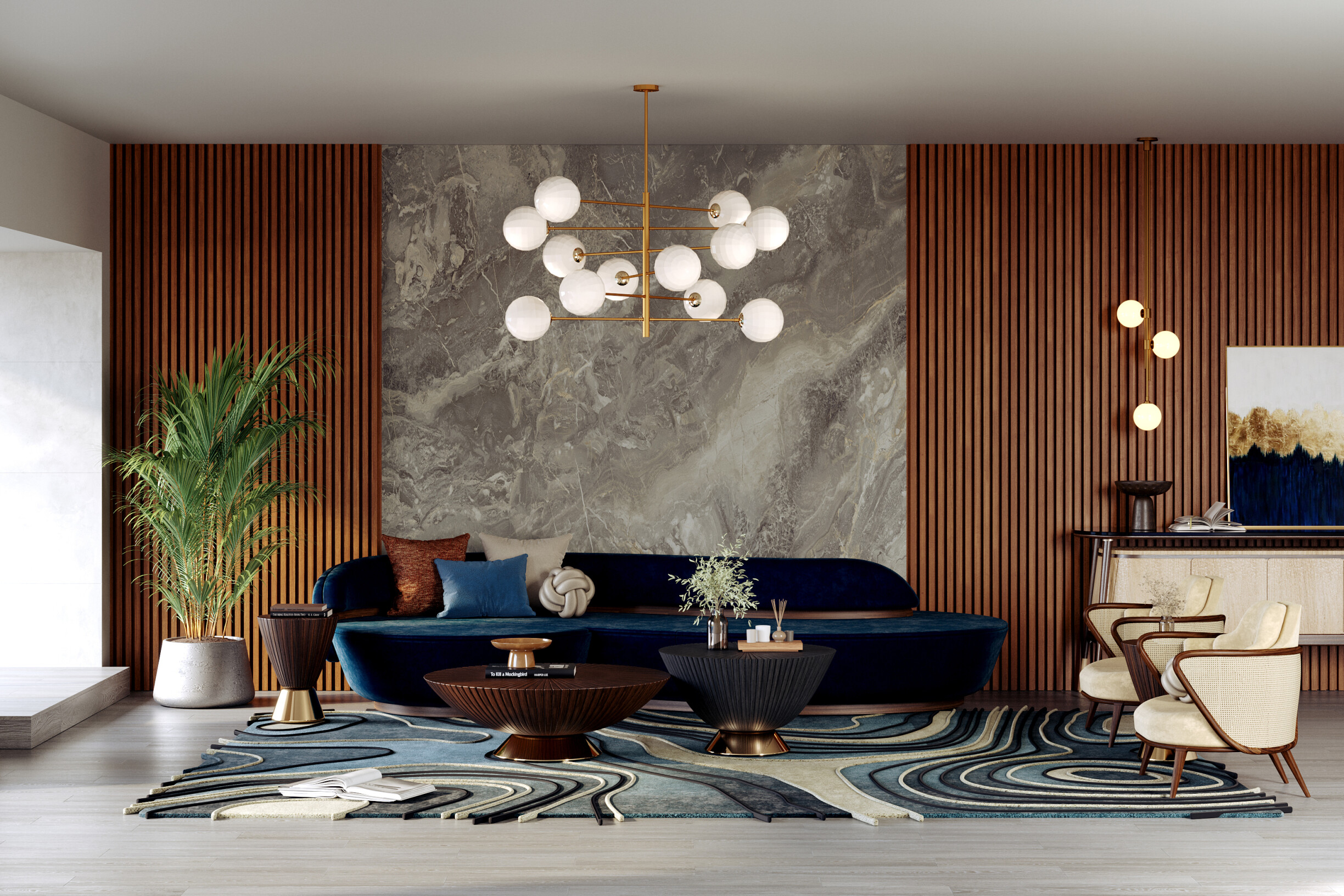Thousands of years ago, in the vast plains of ancient China, people believed that the key to a prosperous and balanced life lay in the invisible flow of energy. This energy was called *Qi*, a vital force that moved through all living things and the spaces they occupied. Even today, this ancient wisdom continues to shape how we perceive and interact with our surroundings, connecting us to a deep cultural heritage.
In modern interior design, *Feng Shui* is more than just an ancient tradition—it's a powerful tool for creating environments that promote well-being, harmony, and productivity. While it may seem mystical at first, its principles can be applied practically in any space, helping to enhance the flow of positive energy or *Chi*. Whether you're designing a home or an office, Feng Shui offers insights into how to arrange your space for better energy and balance.

“To me, [feng shui] is not about superstition. Feng shui is always about architecture. It’s about building a building in the best way possible.â€
Cliff Tan, Singaporean architect, author and feng shui expert
What is Feng Shui?
Feng Shui is an ancient Chinese practice aimed at harmonizing spaces and promoting the flow of positive energy, known as *Chi*. Literally meaning “wind and water,†it reflects the natural forces that influence the movement of energy. In Feng Shui, every object and layout has a role in shaping the atmosphere of a room, making it a holistic approach to design.
Applying Feng Shui to interior design means arranging furniture and objects in a way that allows energy to move freely and feel balanced. The goal is not only to create beautiful spaces but also to foster a sense of calm, clarity, and vitality.
The five elements—wood, fire, earth, metal, and water—are central to Feng Shui. Each element carries specific energies and can be used strategically to enhance the mood and function of a space.
The 5 Elements of Feng Shui
1. Wood represents growth, vitality, and flexibility. Incorporate it through plants, wooden furniture, or shades of green. Ideal for areas where you want to encourage personal development or success.
2. Fire symbolizes energy, passion, and transformation. Use warm colors like red or orange, or add candles and fireplaces. Great for boosting creativity and adding warmth.
3. Earth brings stability, nourishment, and protection. Use neutral tones like brown or yellow, along with natural materials such as ceramic or stone. Perfect for grounding and balance.
4. Metal stands for precision, organization, and mental clarity. Introduce metallic items, white or gray tones, and geometric shapes. Ideal for improving focus and efficiency.
5. Water represents calm, renewal, and abundance. Add mirrors, water features, or cool tones like blue and black to smooth energy flow and promote relaxation.

A well-balanced space should include all five elements in harmony. Too much or too little of one can disrupt the flow of energy. For instance, using fire in a living room can energize areas related to career, while water can bring a calming effect.
Applying Feng Shui doesn't mean sacrificing style or function. Instead, it enhances both by guiding thoughtful design choices that align with natural energy patterns.
Tips for Applying Feng Shui in Different Rooms
Proper placement of furniture and objects plays a crucial role in Feng Shui. The arrangement affects how energy flows, creating spaces that feel more open, balanced, and inviting.
1. Main Entrance – The Chi's Mouth
The entrance is where energy enters the home. Keep it clean, uncluttered, and well-lit. A welcoming space encourages positive energy to flow in. Avoid blocking it with heavy furniture or clutter.

2. Bedroom – Promote Rest and Serenity
The bedroom should be a sanctuary for rest. Place the bed against a solid wall, with the headboard offering support. Avoid placing it directly in line with the door. Use soft lighting and calming colors to encourage sleep and relaxation.
3. Living Room – A Space for Connection
Arrange seating in a circle or U-shape to encourage conversation and connection. Avoid sharp corners and use rounded furniture to soften the energy. Mirrors and plants can help expand the space and purify the air.

4. Kitchen – The Heart of the Home
The kitchen is associated with prosperity and health. Ensure that the stove and sink are placed apart to avoid conflicting elements. Keep the area organized and use warm colors to stimulate energy and comfort.
5. Office – Boost Focus and Creativity
Position your desk so you can see the door without being directly aligned with it. Keep it tidy and decorate with inspiring items that reflect your goals. This helps maintain a steady flow of ideas and energy.
6. Bathroom – Purification and Renewal
The bathroom is linked to the elimination of energy. Keep the toilet lid closed and use mirrors to reflect light and expand space. Adding plants or wood elements can help balance the water energy.
5 Mistakes to Avoid in Feng Shui
Disorganization: Clutter blocks the flow of energy. Keep your space tidy and intentional.
Furniture blocking energy: Large pieces in front of doors or windows can prevent positive energy from entering.
Wrong color choices: Colors affect mood and energy. Choose them wisely.
Too much water element: Excess water can weaken energy, especially in bedrooms or offices.
Incorrect bed position: Avoid placing the bed directly under a window or in line with the door. It can cause stress and poor sleep.
Harmonize Spaces and Energies with Feng Shui
By applying Feng Shui to your designs, you can create spaces that support well-being, balance, and energetic harmony. Understanding its principles and avoiding common mistakes empowers designers to craft environments that not only look good but feel good too.
Let Feng Shui guide your next project and experience the difference it makes. If you're ready to implement these principles, we’re here to help you create unique and impactful designs that resonate with your clients.
Did you enjoy this article? Follow us on Instagram, Facebook, and Pinterest for more insights on architecture, design, and interiors.
Underwear Detergent Sheets,Laundry Detergent Dispenser Acrylic Dryer Sheet,Laundry Detergent Sheets Hypoallergenic,Laundry Detergent Sheets Eco
ShangHai Youhang Technology Co.,LTD , https://www.yhecoclean.com